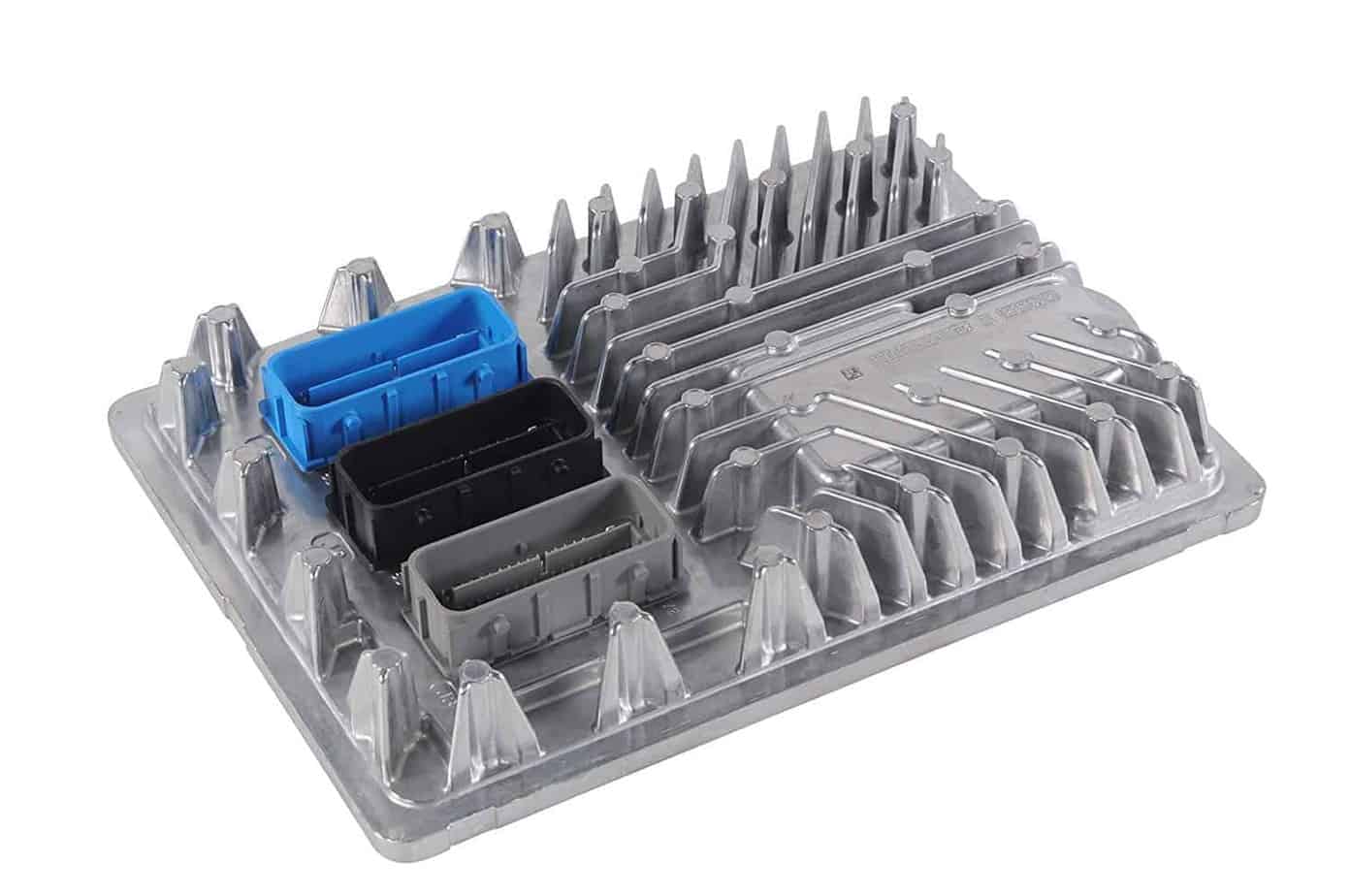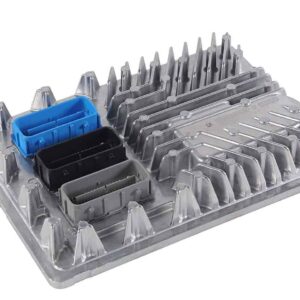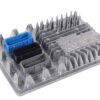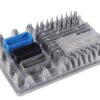Restore Your GM Truck’s Performance and Reliability
Is your 2017 GMC Yukon XL 1500 acting up? Experiencing frustrating issues like random stalling, a persistent check engine light, poor fuel economy, or a complete no-start condition? The Engine Control Module (ECM), the central computer of your vehicle, is often the culprit. I’ve spent over two decades in the shop, and I can tell you that when an ECM starts to fail, it can create a cascade of baffling problems that seem unrelated. This isn’t just a part; it’s the brain of your engine, and getting it right is critical.
This replacement Engine Control Module, part number 12686382, is the definitive solution to get your truck running like new. We take the guesswork and high dealership costs out of the equation. Before we ship it, we program the module with the latest GM-certified software, specifically matched to your vehicle using the VIN you provide. This ensures that all factory parameters for fuel delivery, ignition timing, and transmission shifting are perfectly calibrated for your Yukon XL, restoring its original power and efficiency.
A Technician’s Notebook: The Ghost in the Machine
I remember a 2017 Sierra 1500—which uses this same ECM—that came into my bay with a list of complaints that made no sense together. The owner reported intermittent stalling at red lights, occasional hard shifting, and the radio sometimes cutting out. No single sensor could cause all of that. After hours of chasing wires and checking grounds, we hooked up a scope to the main communication lines. We found significant noise and voltage drops originating from the ECM itself. The internal processor was failing, sending garbage data across the network and creating these ‘ghost’ issues. A new, properly programmed ECM like this one solved every single problem instantly. It’s a great reminder that the ECM’s health is fundamental to the entire vehicle’s operation.
Is Your Truck Showing These Symptoms?
A failing ECM can manifest in various ways. If you’re experiencing any of the following, it’s a strong indicator that your module needs replacement. Often, you’ll see related Diagnostic Trouble Codes (DTCs).
- ✔ Engine misfires or runs rough
- ✔ Vehicle refuses to start or stalls unexpectedly
- ✔ Check Engine Light is illuminated (Common codes include P0601, P0606, U0100)
- ✔ Noticeable decrease in fuel mileage
- ✔ Transmission shifting issues or harsh engagement
- ✔ Communication errors with other vehicle modules
Your Straightforward Installation Guide
Installing your new 2017 Yukon XL 1500 Engine Control Module is a manageable job for a seasoned DIYer or any professional mechanic. Follow these steps carefully for a successful replacement.
- Safety First: Always disconnect the negative terminal from your vehicle’s battery before starting any electrical work.
- Locate the ECM: On the 2017 Yukon XL 1500, the ECM is typically found in the engine compartment on the driver’s side (LH side), near the firewall or inner fender.
- Disconnect Connectors: Carefully release the locking tabs on the wiring harness connectors and pull them straight out from the module. Do not force them. Inspect the connectors for any corrosion or damage.
- Remove the Old Module: Unbolt the old ECM from its mounting bracket. Keep the mounting hardware, as you will need it for the new module.
- Install the New Module: Mount the new, pre-programmed ECM onto the bracket and secure it with the original hardware.
- Reconnect Everything: Firmly plug the wiring harness connectors back into the new ECM until they click into place. Reconnect the negative battery terminal.
- Perform Security Relearn (CRITICAL STEP): This is the most important final step. The vehicle’s anti-theft system will prevent it from starting until a security relearn procedure is completed. This must be done using a GM-specific diagnostic tool with access to TIS2Web or Techline Connect. This is the responsibility of the installer. Other relearns, like for the crankshaft position sensor, may also be required.
Verified Vehicle Compatibility
This module is a direct-fit replacement for a wide range of GM trucks and SUVs. While this listing is for a 2017 Yukon XL 1500 Engine Control Module, it also fits the following vehicles, often identified by part numbers 12692068, 12704476, 12674052, 12674472, or 12678815. Please verify your vehicle and options below.
- 2017 Cadillac Escalade / Escalade ESV
- 2017 Cadillac XTS (3.6L Twin Turbo, VIN 8)
- 2017 Cadillac CTS (6.2L Supercharged or 3.6L Twin Turbo)
- 2017 Cadillac ATS (3.6L, VIN Y)
- 2017 Chevrolet Tahoe
- 2017 Chevrolet Suburban 1500
- 2016-2018 Chevrolet Silverado 1500 Pickup
- 2017 GMC Yukon
- 2017 GMC Yukon XL 1500
- 2016-2018 GMC Sierra 1500 Pickup
- 2017-2018 GMC Sierra Denali 1500
- 2017 Chevrolet Corvette
Frequently Asked Questions
Do I need to send my old ECM back (core charge)?
No core charge is required for this part. You can keep or responsibly dispose of your old module.
How do I provide my VIN for programming?
After you complete your purchase, you will receive instructions on how to send us your vehicle’s 17-digit VIN. We cannot ship the module until we receive this information.
What is a security relearn and why is it necessary?
The security relearn (or vehicle theft deterrent relearn) synchronizes the new ECM with your vehicle’s immobilizer system. Without this step, the security system will assume a theft is in progress and will not allow the engine to start. This procedure requires a professional scan tool with GM software access.
Is this part difficult to install?
The physical installation is straightforward, involving just a few bolts and electrical connectors. However, the final security relearn procedure requires specialized equipment and knowledge, so we recommend professional installation if you do not have access to a GM diagnostic system.
Will this ECM fix my specific problem?
This module corrects issues directly caused by a faulty ECM. While it resolves the most common symptoms like no-starts, stalling, and certain check engine lights, it’s crucial to have a proper diagnosis performed to ensure the ECM is the root cause and not a separate sensor or wiring issue.



